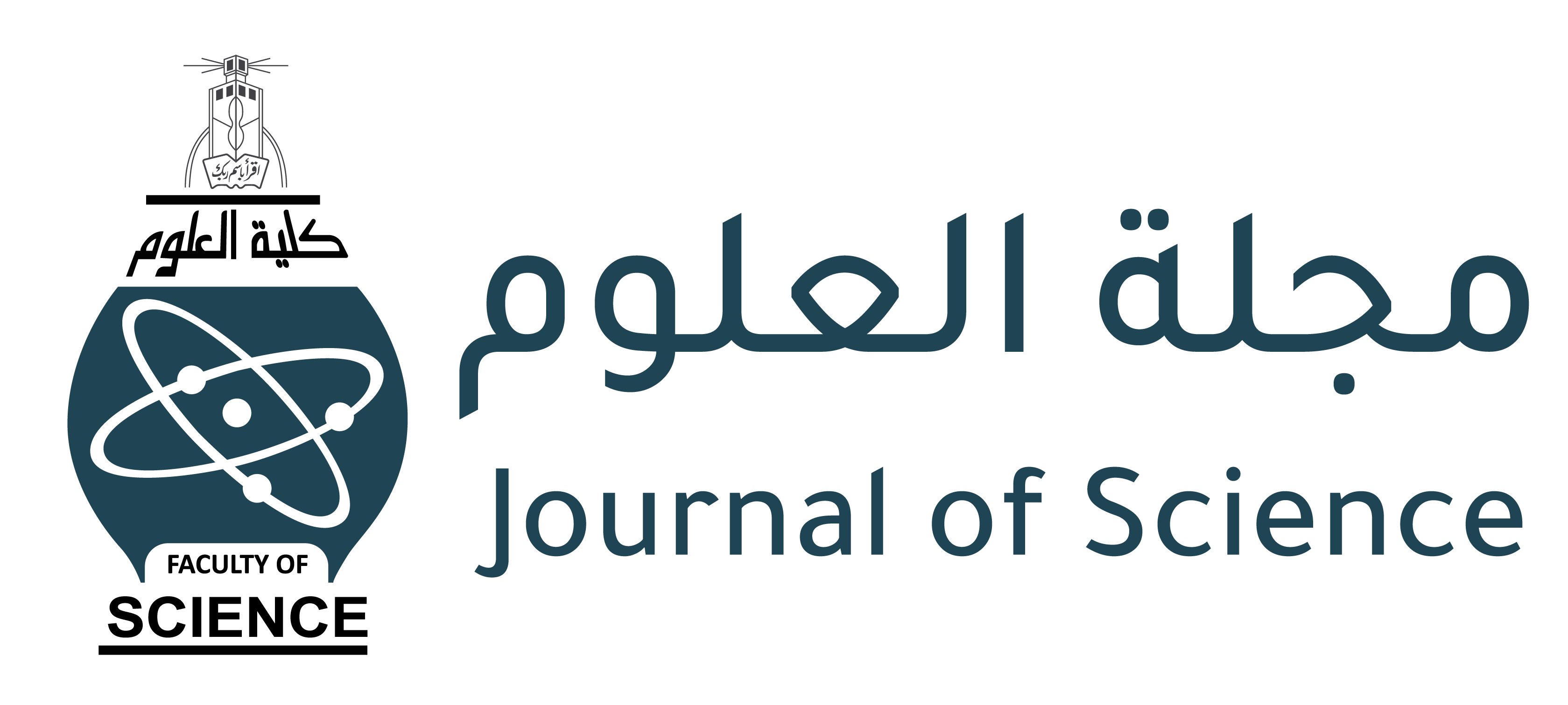Physiological and Histopathological Alterations Induced by Phenanthrene on Marine Cultured Tilapia Fish Oreochromis spilurus saudii
Main Article Content
Abstract
Saudi Arabia is an oil producing and refining country that also transports huge oil shipments around the world. Due to the enormous worldwide demand for crude oil, a massive negative impact on marine ecosystems and habitats caused by oil spills that occur during transportation. These oil spills result in the contamination of seawater with polycyclic aromatic hydrocarbons (PAHs) including phenanthrene, which subjects aquatic organisms to petroleum contaminants that have direct and indirect effects on human health. The aim of this study was to investigate the effects of different concentrations of phenanthrene (0, 10, 25 50 mg L-1) mixed with spike food on four treatment groups of 20 marine cultured tilapia. Such effects include morphological, structural, functional, and genetic changes. Significant reductions (P<0.05) in fish length and weight (7.09 cm and 6.53 g) were found in the group treated with the highest dose of phenanthrene (50 mg L-1). The fluorescence spectrophotometry results of treated fish oil revealed that the phenanthrene concentrations in samples of treated fish increased as the phenanthrene dose increased. Moreover, histological changes in liver tissue along with genetic changes were also investigated using the RAPD-PCR technique. The results revealed that phenanthrene was present in the biological system of the fish, and its effects on fish tissues ware confirmed. Further studies are recommended to investigate the toxicity of phenanthrene on fishes and its biomarkers at biochemical levels.
